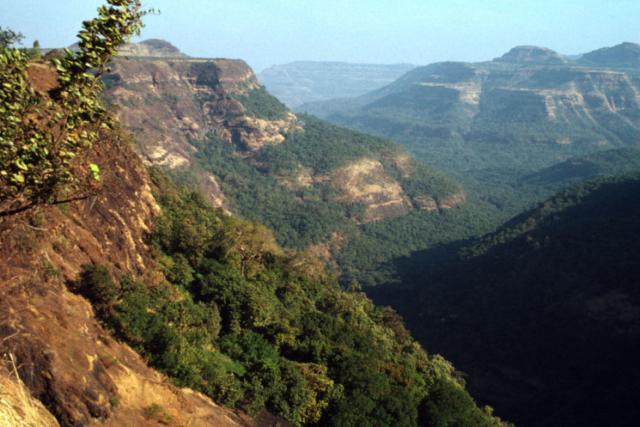
Why the Western Ghats is so important
The Western Ghats mountain range running down the south-west side of India is a treasure trove of wildlife.
Though it covers less than 6% of the land area of India, the Western Ghats contain more than 30% of all species of plant, fish, reptile, amphibian, bird and mammal found in the whole country.
It has particularly impressive populations of large mammals – for instance around 30% of all Asian elephants and around 18% of wild tigers, spread across a number of wildlife sanctuaries, tiger reserves and national parks.
The Western Ghats are also the source of a lot of the rivers that supply water to millions of people.
As India's economy grows, increasing urbanisation, roads and rail are putting pressure on these areas.
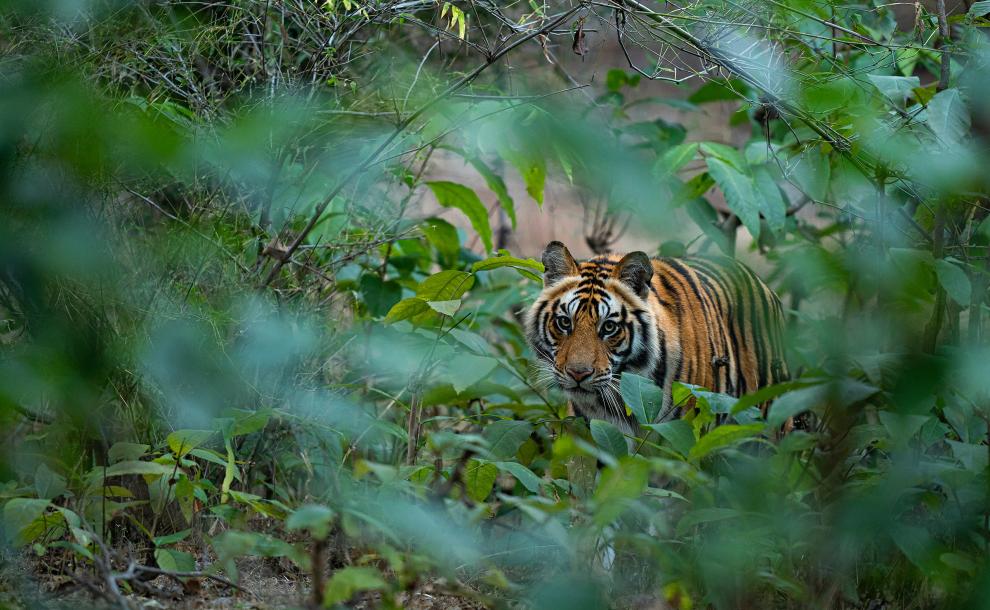
"I’ve walked in the Western Ghats Nilgiris mountains with our dedicated and highly skilled field team, where we found fairly fresh tiger pugmarks, Asian elephants and signs of other wildlife. It’s a really biodiversity-rich landscape, and so what we do to help protect and recover tiger populations here is also beneficial for other wildlife and for people who depend on the natural resources of this area."
10.166667, 77.066667
Western Ghats
The Western Ghats mountain range extends down the western side of India from the River Tapti, north of Mumbai, to Tamil Nadu at the southern tip of India.
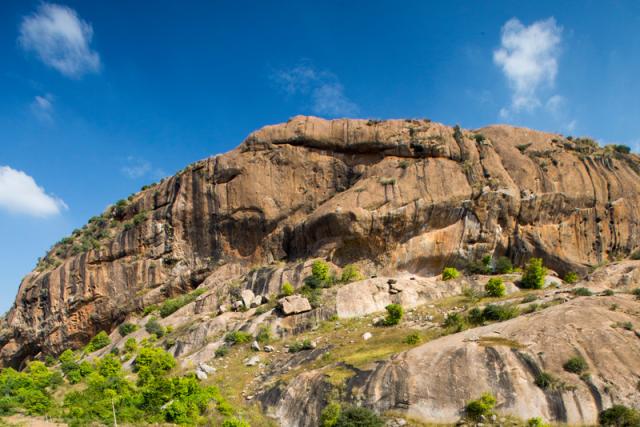
About the Western Ghats
The Western Ghats hills run down the western side of India for about 1,600km, and have peaks that vary in height up to around 2,700m.
They stand as a barrier between the west coast and the rest of the Indian peninsula. They attract a high level of rainfall, helping make the area so biologically rich and geographically unique. Several important rivers run from them, including the Bhima, Godavari, Krishna, and Kaveri.
The Western Ghats have a range of environments, from tropical wet evergreen forests to grasslands containing medicinal plants and important genetic resources, such as wild relatives of grains, fruit and spices.
But the rising numbers of people living in and around the Western Ghats has led to loss of living space for wildlife, and poaching and infrastructure development also threaten wild tiger populations here.
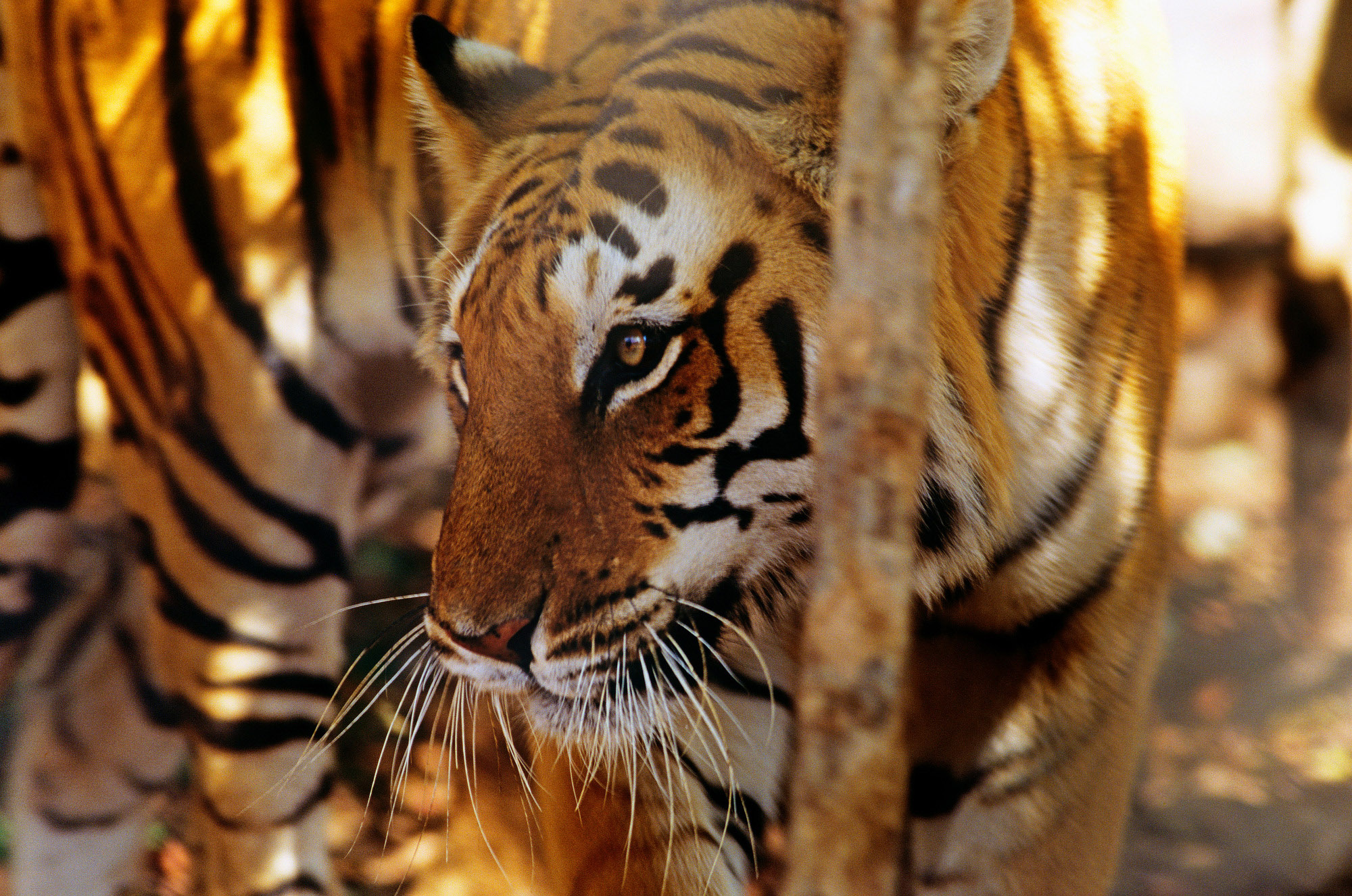
A new tiger reserve for the Western Ghats
In a beautiful place called Sathyamangalam, in the southern Indian state of Tamil Nadu, a population of tigers made us think this place was definitely worth protecting. We did a lot of camera trap monitoring which showed that tigers were doing well here, and how important it was for them. We discussed our findings with the Indian government, who then declared the forests of Sathyamangalam a tiger reserve in 2013. This new tiger reserve connects with two other protected areas, supporting one of the most important and largest tiger populations in the world.
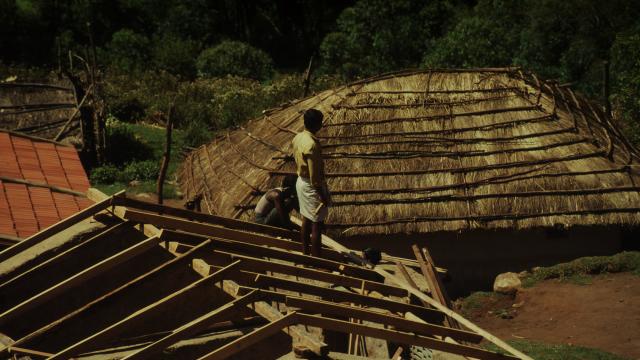

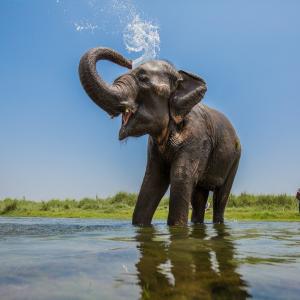
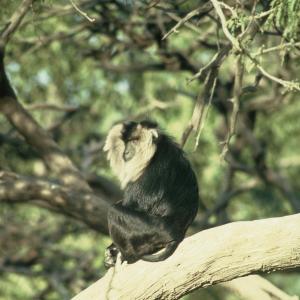
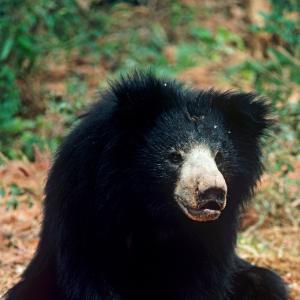
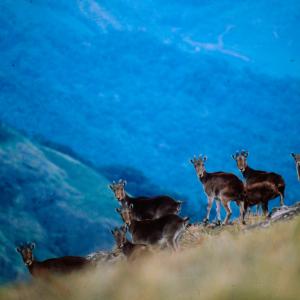

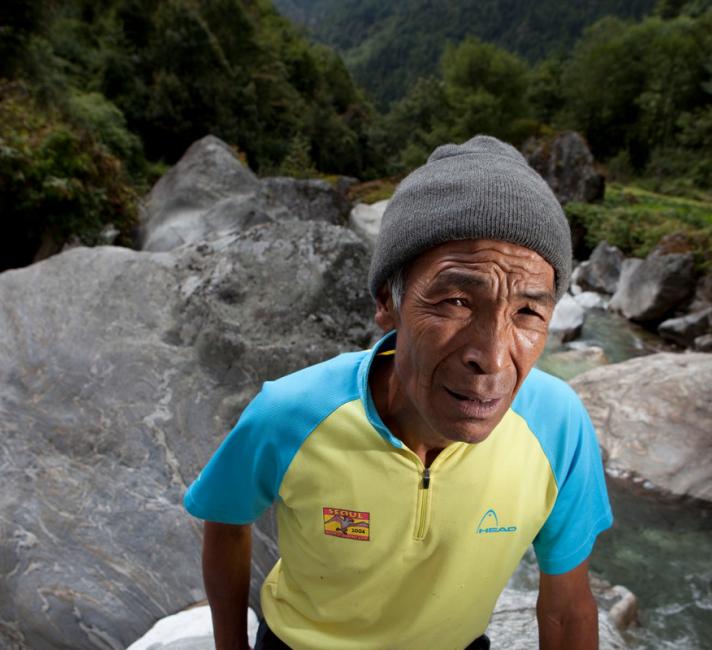
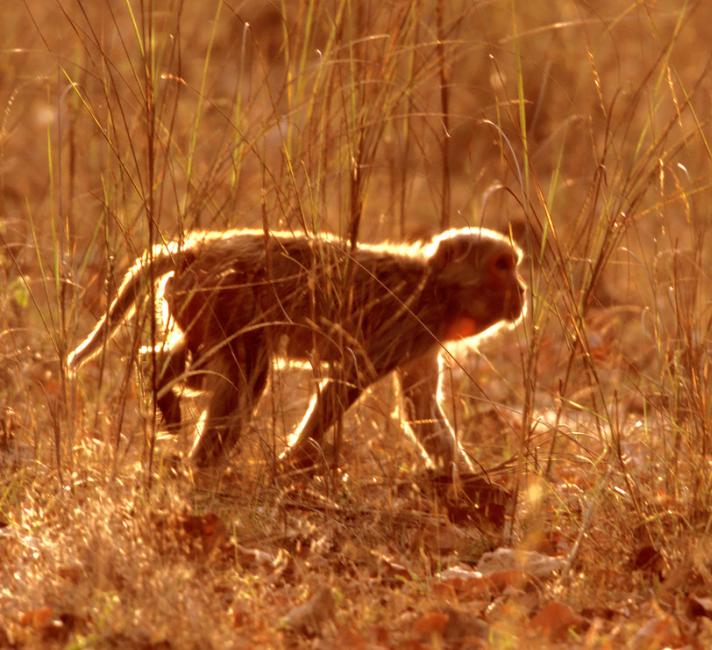
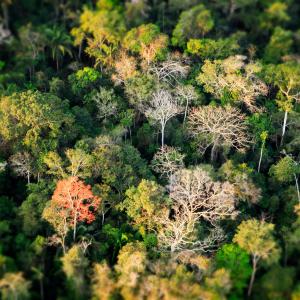
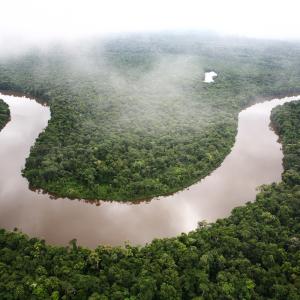
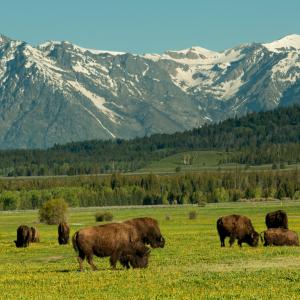
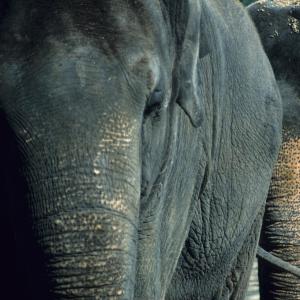 Asian elephants: intelligent, sociable, but endangered
Asian elephants: intelligent, sociable, but endangered
 The Ganges: India's sacred river
The Ganges: India's sacred river